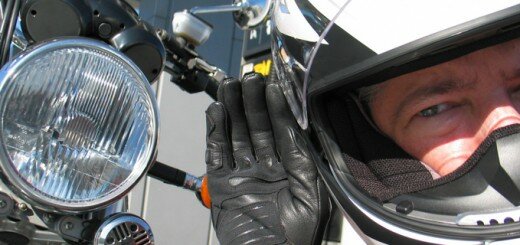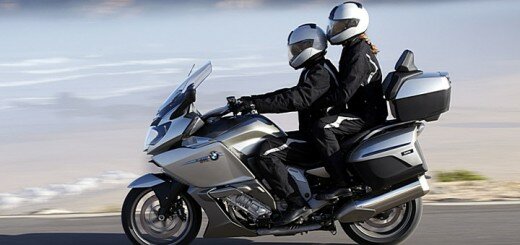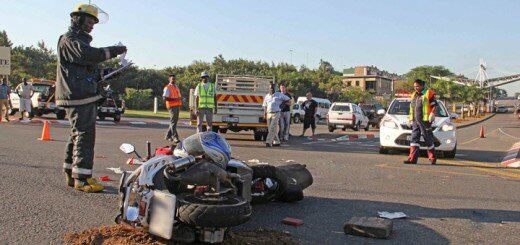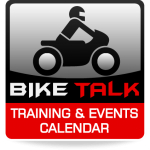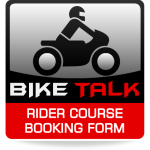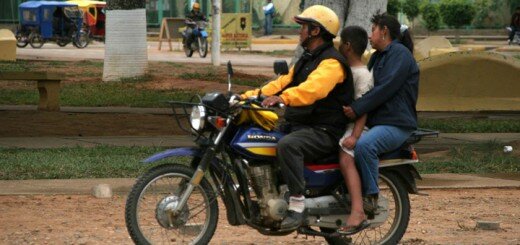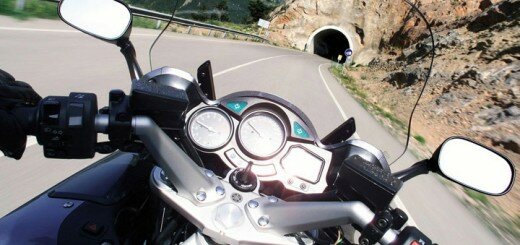Riding is something most people don’t have to do, but rather feel compelled to, for a wide variety of reasons ranging from passion to practicality.
One of the most distinct things about riding is that nothing feels quite like a motorcycle; the thrill of being at one with a two-wheeled machine that weighs only a hundred and something kilograms is one of the purest ways to get from point A to B, and the risks involved somemes even heighten that enjoyment. Perhaps Robert Pirsig said it best in Zen and the Art of Motorcycle Maintenance: “You’re completely in contact with it all. You’re in the scene, not just watching it anymore, and the sense of presence is overwhelming.”
If you’re a rider you know all about “the wave,” the pointed finger or wave of the hand that acknowledges another rider as he or she passes. Motorcyclists often feel like they belong to a big community, and that sensation gives us something in common; we share a bond that sets us apart from the rest of the motoring world.
In spite of the fact that motorcyclists are a part of a big group, we also tend to be more individualistic than the next person. Whether that’s expressed through our personal style or the way we trick out our bikes, motorcycling can be an outlet through which we can reveal our personalities.
There’s something about motorcyclists, isn’t there? When a guy or a gal walks into a restaurant with a helmet under arm, they invariably radiate a sense of cool that just isn’t the same as rolling up in a car. Whether or not you’re looking for the Peter Fonda or Brad Pitt effect, motorcycles take you one step closer to cool. What better way to escape than on a motorcycle? The sense of freedom feels more complete on two wheels, and riding doesn’t transport you to a destination; riding a motorcycle is the destination.
Though it’s true that some motorcycles can keep pace with a Ferrari, it can also be enormously dangerous when put in the wrong or unskilled hands. So while motorcycles are performance bargains that offer more performance per Rand than virtually any other vehicle, it’s best to be explored under controlled conditions.
All the above will have no value, doesn’t mean anything, if you don’t know how to enjoy it with relaxed and confident emotions. To truly grasp the concept of safe motorcycling; you are not born with skill, you can only teach yourself what you think you know and that alone is far too little, you need help. When you’re ill you go to a doctor or specialist, when you ride a motorcycle and have had some training or nothing at all, you need help. You need a “doctor” or specialists to point out the “disease” in your riding abilies, put you through some exercises which will give you the skill to control your motorcycle with confidence and truly experience the freedom I highlighted above.
Here are some facts based on the Hurt Report conducted in the USA:
• Approximately three-fourths of these motorcycle accidents involved collision with another vehicle, which was most usually a passenger automobile.
• In the mulple vehicle accidents, the driver of the other vehicle violated the motorcycle right-of-way and caused the accident in two-thirds of those accidents.
• The driver of the other vehicle involved in collision with the motorcycle did not see the motorcycle before the collision, or did not see the motorcycle until too late to avoid the collision.
• Intersections are the most likely place for the motorcycle accident, with the other vehicle violating the motorcycle right-of-way, and often violating traffic controls.
• Most motorcycle accidents happen on short trips associated with shopping, errands, friends, and entertainment.
• The motorcycle riders involved in accidents are essenally without training; 92% were self-taught or learned from family or friends. Motorcycle rider training reduces accident involvement and minimizes injuries in the event of accidents.
• Motorcycle riders in these accidents showed significant collision avoidance problems. Most riders would overbrake and skid the rear wheel, and underbrake the front wheel greatly reducing collision avoidance deceleration. The ability to countersteer and swerve was essenally absent.
• The use of riding boots, jacket, gloves, etc., is effective in preventing or reducing abrasions and lacerations, which are frequent but rarely severe injuries.
Pride has everything to do with it; it will kill you. Put it aside and enrol in a Riding Course today, it could save your life!


